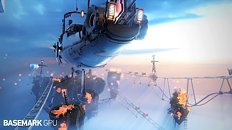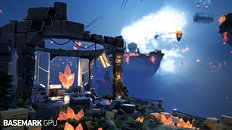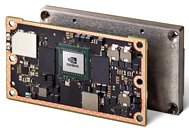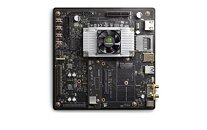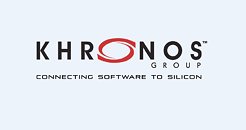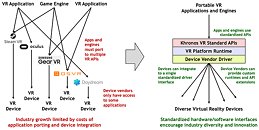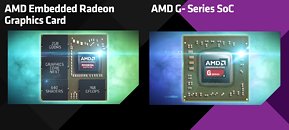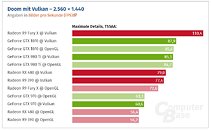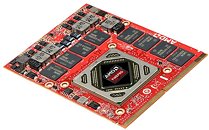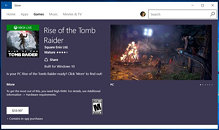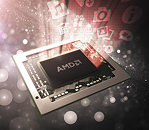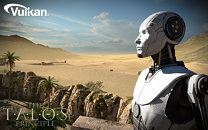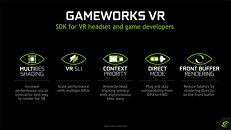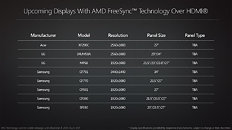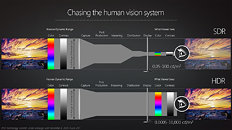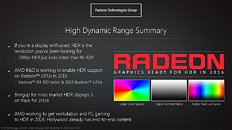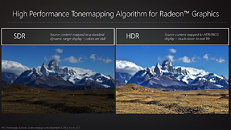
NVIDIA Releases GeForce 399.07 WHQL Driver
NVIDIA debuted its R399 series of GeForce software, which could be its final sequence before GeForce RTX family of graphics cards are released to market, likely accompanied by a new series of GeForce software (likely R400 series?). Version 399.07 WHQL is "Game Ready" for "Battlefield V Open Beta," F1 2018, "Immortal: Unchained," Pro Evolution Soccer 2019, "Strange Brigade," and "Switchblade." The drivers also add SLI profiles for F1 2018 and "Immortal: Unchained."
GeForce 399.07 WHQL addresses a number of bugs, including blurry screen noticed on "Rainbow Six: Siege" with TAA dialed up to 100%; diagonal screen-tearing on notebooks with MSHybrid; incorrect OpenGL rendering context on GeForce GTX 1050 and GTX 1070; missing textures in "Doom" (2016) with the Vulkan renderer; random BSODs on Oculus VR software; stability issues with "LA Noire VR," and stuttering in some exotic configurations on "Call of Duty: Black Ops 4." A key bug with G-Sync stuttering on machines upgrading to Windows 10 1803 has also been fixed. Grab the driver from the link below.DOWNLOAD: NVIDIA GeForce 399.07 WHQL Software
GeForce 399.07 WHQL addresses a number of bugs, including blurry screen noticed on "Rainbow Six: Siege" with TAA dialed up to 100%; diagonal screen-tearing on notebooks with MSHybrid; incorrect OpenGL rendering context on GeForce GTX 1050 and GTX 1070; missing textures in "Doom" (2016) with the Vulkan renderer; random BSODs on Oculus VR software; stability issues with "LA Noire VR," and stuttering in some exotic configurations on "Call of Duty: Black Ops 4." A key bug with G-Sync stuttering on machines upgrading to Windows 10 1803 has also been fixed. Grab the driver from the link below.DOWNLOAD: NVIDIA GeForce 399.07 WHQL Software




